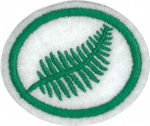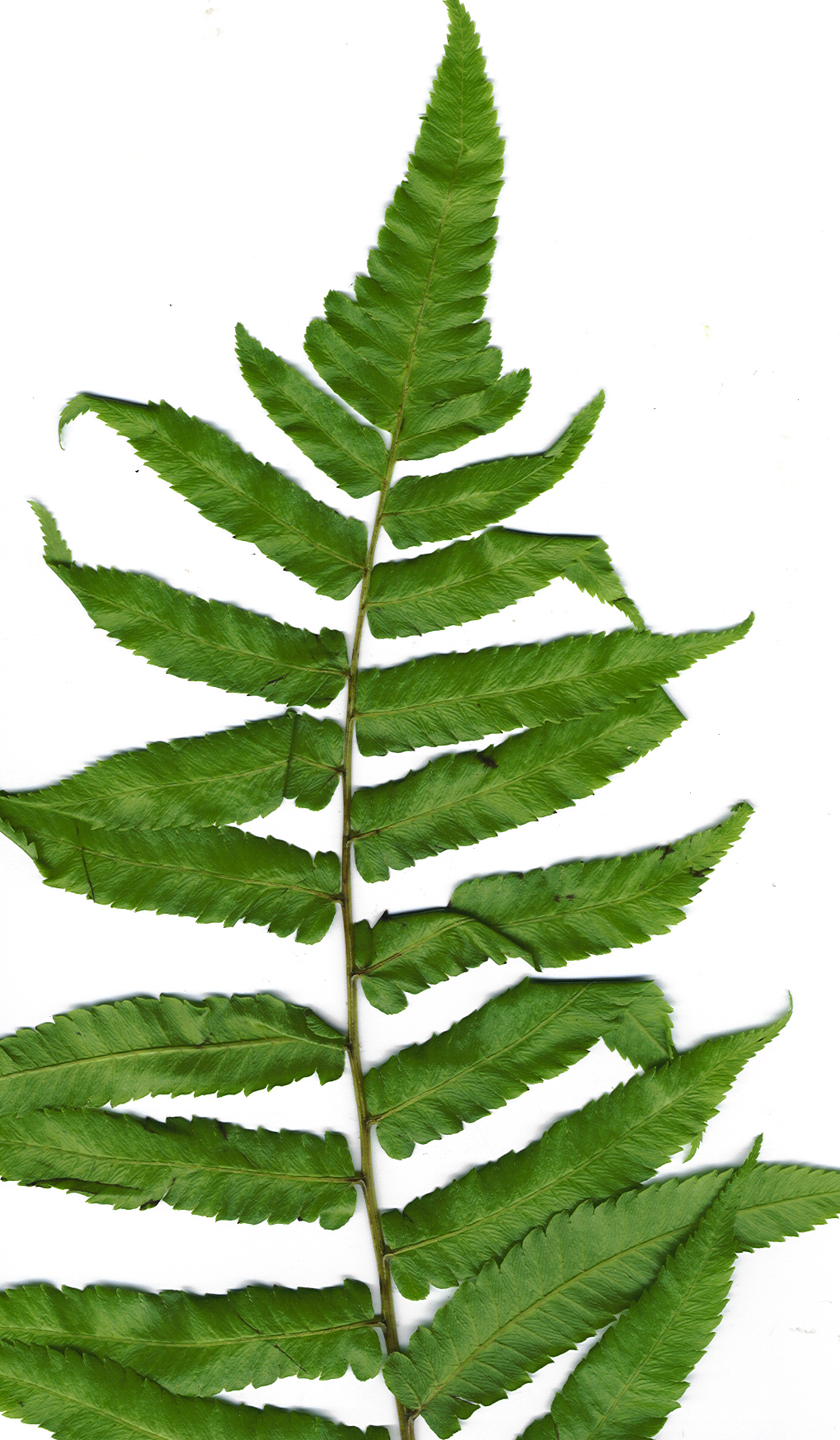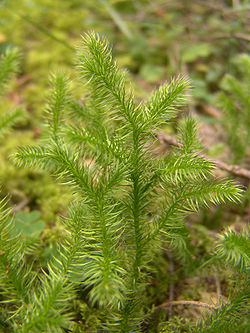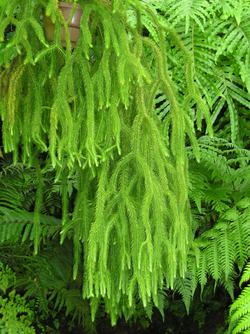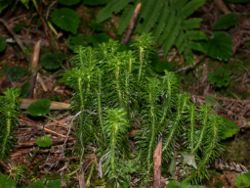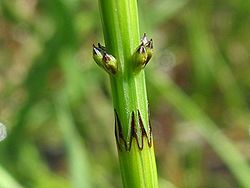Difference between revisions of "AY Honors/Ferns/Answer Key/es"
(Created page with "{{clear}}") |
(Created page with "{{clear}}") |
||
| Line 84: | Line 84: | ||
{{clear}} | {{clear}} | ||
| − | {{ | + | {{clear}} |
| − | |||
| − | |||
| − | |||
| − | |||
| − | |||
| − | }} | ||
{{Species id | {{Species id | ||
Revision as of 03:31, 20 February 2021
| Helechos | ||
|---|---|---|
| Asociación General
|
Destreza: 2 Año de introducción: 1944 |
|
Requisitos
|
La especialidad de Helechos es un componente de la Maestría Naturaleza. |
| Conexión Logros para la Investidura: Esta especialidad está relacionada con los requisitos de Logros para la Investidura para EXPLORADOR DE CAMPO Y BOSQUE Estudio de la naturaleza que requiere (como una de dos opciones) completar el requisito #6 de esta especialidad. Esta especialidad es una elección popular para la especialidad de la categoría de Estudio de la naturaleza de nivel de destreza 2 o 3 requerido para los EXPLORADORES DE CAMPO Y BOSQUE. |
1
2
3
4
5
6
Vegetable fern (Diplazium esculentum)
Dónde se encuentra: It is found throughout Asia and Oceania.
Descripción: Vegetable fern is an edible fern. It is probably the most commonly consumed fern, and is quite tasty, giving it the name "vegetable". It is used in many oceanian recipes, and made into salads and stir fry.
Tasmanian Tree Fern (Dicksonia antarctica)
Dónde se encuentra: The Tasmanian Tree Fern is an evergreen tree fern native to parts of Australia, namely New South Wales, Tasmania, and Victoria. It is particularly suited to garden planting and landscaping purposes and is one of the most popular tree ferns in the world.
Descripción: These ferns can grow to 15 m in height, but more typically grow to about 4.5-5 m, and consist of an erect rhizome forming a trunk. They are very hairy at the base of the stipe (trunk). The large, dark green, roughly-textured fronds spread in a canopy of 2-6 m in diameter. The shapes of the stems vary as some grow curved and there are multi-headed ones. The fronds are borne in flushes, with fertile and sterile fronds often in alternating layers.
Christmas Fern (Polystichum acrostichoides)
Dónde se encuentra: The Christmas fern is native to eastern North America from Nova Scotia west to Minnesota and south to Florida and eastern Texas.
Descripción: The Christmas fern is an evergreen fern, with fronds growing to 30-80 cm long and 5-12 cm broad, pinnate with 20-35 pairs of pinnules. The spores are produced on small pinnules toward the apex of the frond. This fern was once commonly used as a Christmas decoration.
Sensitive fern (Onoclea sensibilis)
Dónde se encuentra: This fern dwells in a variety of wet swamp and wood habitats: wet meadows, thickets and bogs, as well as stream and riverbanks and roadside ditches. It ranges from Newfoundland to Florida and west to Texas, North Dakota and Manitoba, but is also native to east Asia and has become naturalized in western Europe.
Descripción: The Sensitive fern (Onoclea sensibilis), also known as the Bead fern, is a coarse-textured, medium to large-sized perennial fern. The name comes from the observation by early settlers that it was very sensitive to frost, the fronds dying quickly when first touched by it. The sterile and fertile fronds of this fern are quite different. The bright, yellow-green sterile fronds are deeply pinnatifid and are typically borne at intervals along a creeping rhizome. They grow to about 90 cm long, with a long, smooth stipe. The fertile fronds are much smaller, non-green, and have very narrow pinnae. The sori are clustered like beads or grapes on the upright fertile fronds, hence the common name Bead fern. The fiddleheads are a pale red color.
7
Club mosses
Club moss is a term that describes the botanical family Lycopodiaceae (a family is one level up the hierarchy from the genus). Club mosses bear spores on specialized structures at the apex of a shoot; they resemble a tiny battle club, from which the common name derives. They are non-flowering and do not produce seeds.
- Lycopodium clavatum (Ground pine)
- This plant resembles a tiny pine tree. It grows in forests and sends runners underground form whence other plants spring.
- Lycopodium serratum (Toothed clubmoss)
- This plant is similar in appearance to L. clavatum. It prefers sandy to loamy soils in dappled or deep shade. The water-repellant spores can be used as a lubricant to keep things from sticking together.
- Lycopodium squarrosum (Tassle fern)
- These plants are also not true ferns. They are also similar to L. clavatum, but they have "branches" which hang from above somewhat like a weeping willow.
Horsetails
Horsetails, like club mosses and ferns bear spores rather than seeds. Horetails are in the order Equisetales which consists of a single family called Equisetaceae. There are 15 species in this order.
- Equisetum arvense (Field Horsetail)
- Equisetum arvense is a rather bushy perennial with a rhizomatous stem formation native to the northern hemisphere. These horsetails may have sterile or fertile stems. Sterile stems start to grow after the fertile stems have wilted. The sterile stems tend to be much taller and bushier, with the jointed segments being around one inch long with a diameter of about 1/20th of an inch. These segments contain one set of whorled, slender, erect branches each. Some stems can have as many as 20 segments and be as tall as 2-24 inches. The fertile stems tend to be half as tall as the sterile stems and also tend to be more succulent.
- Equisetum palustre (Marsh Horsetail)
- E. palustre is a perennial horsetail, growing between 10 to 50 centimeters (4" to 20"), in rare cases up to 1 meter (3'). Its fertile shoots, which carry ears, are evergreen and shaped like the sterile shoots. The rough, furrowed stem is 1 to 3 mm in diameter with usually 8 to 10 ribs, in rare cases 4 to 12. It contains whorled branches. The tight-fitting sheaths end in 4 to 12 teeth. The lower sheaths are dark brown and much shorter than the sheaths of the main shoot. The central and vallecular are about the same size, but the carinal channels are much smaller. The central channels measure about one sixth of the diameter of the stem.
Referencias
- Categoría: Tiene imagen de insignia
- Adventist Youth Honors Answer Book/Honors/es
- Adventist Youth Honors Answer Book/es
- Adventist Youth Honors Answer Book/Skill Level 2/es
- Categoría: Libro de respuestas de especialidades JA/Especialidades introducidas en 1944
- Adventist Youth Honors Answer Book/General Conference/es
- Adventist Youth Honors Answer Book/Nature/es
- Adventist Youth Honors Answer Book/Nature/Primary/es
- Adventist Youth Honors Answer Book/Stage 0/es
- Adventist Youth Honors Answer Book/Naturalist Master Award/Flora/es
- Adventist Youth Honors Answer Book/IAConnection/es
- Categoría:Especialidades JA/Identificación de especie
